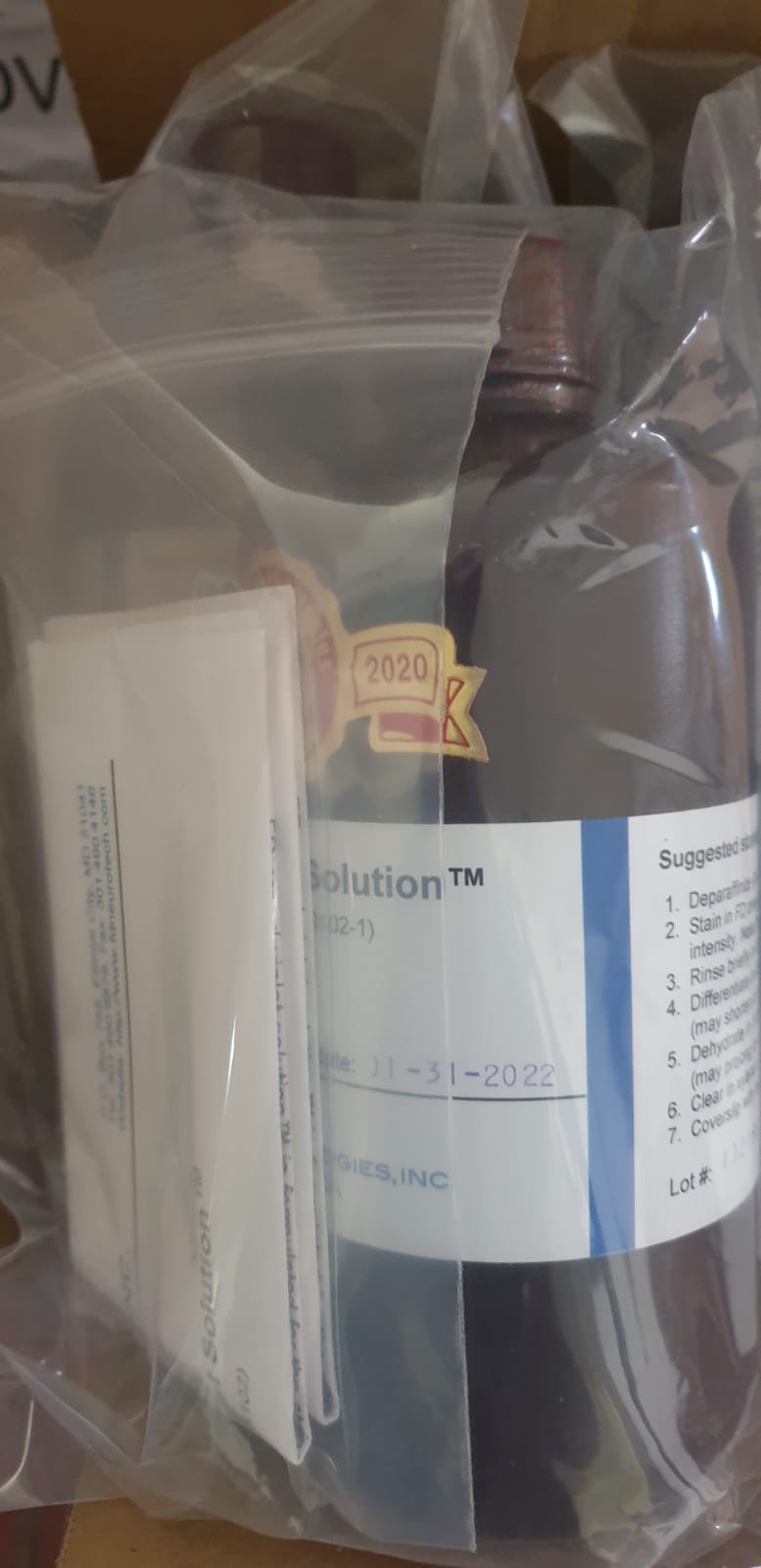Equine infectious anemia (EIA) is a potentially life-threatening disease that affects horses worldwide. AffiVET® Rapid Test kits offer a rapid and accurate method for the detection of EIA antibodies in horses. This article highlights the importance of AffiVET® Rapid Test kits in EIA control programs, showcasing their role in preventing the spread of the disease and ensuring equine population health.
First Report of Erysiphe palczewskii Powdery Mildew of Siberian Pea Tree (Caragana arborescens) in Wisconsin and Quebec.
First Report of Powdery Mildew Caused by Golovinomyces biocellatus on Peppermint in California.
Root and Crown Rot of Anthurium Caused by Calonectria ilicicola in Iran.
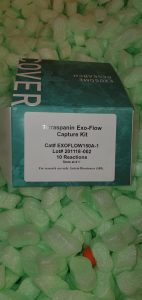
Molecular data reveals a new holomorphic marine fungus, Halobyssothecium estuariae, and the asexual morph of Keissleriella phragmiticola
First report of Colletotrichum fructicola inflicting anthracnose on Pouteria campechiana in China
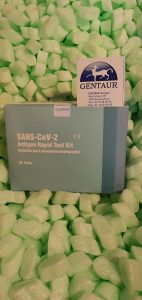
FgPal1 regulates morphogenesis and pathogenesis in Fusarium graminearum
Mycosphaerangium and Neomelanconium (Cenangiaceae) are closest relatives: phylogenetic relationships, morphology and a new species
First report of seedling blight of maize brought on by Fusarium asiaticum in Northeast China

Benchmarking an Embedded Adaptive Sampling Configuration Interaction Method for Surface Reactions: H 2 Desorption from and CH 4 Dissociation on Cu(111)
Toward a humanized mouse model of Pneumocystis pneumonia
Efficacy of Rezafungin in Prophylactic Mouse Models of Invasive Candidiasis, Aspergillosis, and Pneumocystis Pneumonia
The Genus Acervus from Southwestern China and Northern Thailand
A Novel Encochleated Formulation Improves Atovaquone Activity in a Murine Model of Pneumocystis Pneumonia
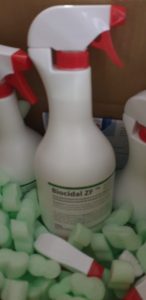
Dynamic Sparse Subspace Clustering for Evolving High-Dimensional Data Streams
Three Novel Entomopathogenic Fungi From China and Thailand
First report of alfalfa leaf spot brought on by Leptosphaerulina australis in China
Four new species of Talaromyces part Talaromyces found in China

miR-495 reduces neuronal cell apoptosis and relieves acute spinal cord injury through inhibiting PRDM5
This research goals to research the position of miR-495 in neuronal cell apoptosis after acute spinal cord injury (ASCI). The ASCI rat mannequin was established and the Basso, Beattie, and Bresnahan (BBB) rating was assessed. miR-495, PR area containing 5 (PRDM5), and Bcl-2 expressions have been measured by qRT-PCR or western blotting. Neuronal cell line PC-12 was subjected to hypoxia situation to simulate the in vitro ASCI mannequin. PC-12 cell apoptosis was measured by movement cytometry, and the interplay between miR-495 and PRDM5 was confirmed by twin luciferase reporter assay.
Results confirmed that BBB rating was considerably decreased in ASCI rats in contrast with sham rats. miR-495 expression was down-regulated in spinal cord tissue of ASCI rats and hypoxia-induced PC-12 cells, and PRDM5 protein stage was up-regulated in spinal cord tissue of ASCI rats and hypoxia-induced PC-12 cells. miR-495 overexpression may cut back apoptosis of PC-12 cells, and up-regulated anti-apoptosis protein Bcl-2 protein stage.
Moreover, PRDM5 was a goal of miR-495, and mRNA and protein ranges of PRDM5 have been negatively regulated by miR-495. miR-495 overexpression may cut back the hypoxia-induced PC-12 cell apoptosis, whereas PRDM5 overexpression abolished this inhibiting impact. The agomir-495 was injected into ASCI rats, and Bcl-2 protein stage and BBB rating have been elevated, however the PRDM5 overexpression reversed these outcomes. Overall, we concluded that miR-495 may inhibit neuronal cell apoptosis and relieve acute spinal cord injury through inhibiting PRDM5.
Second-Order Orbital Optimization with Large Active Spaces Using Adaptive Sampling Configuration Interaction (ASCI) and Its Application to Molecular Geometry Optimization
First report of Erysiphe corylacearum, agent of powdery mildew, on hazelnut ( Corylus avellana) in Romania
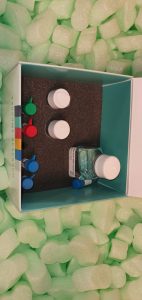
Guide To Selecting Secondary Antibodies
The immunoassays are widely used techniques in both basic research and diagnostic and clinical applications. The suitability of the antibodies used is critical in obtaining the expected result, and this does not only affect the primary antibody (which will bind to the antigen of interest), but also the secondary antibody that will allow us to detect this binding.
Therefore, it is necessary to pay attention to some basic aspects that will help us select the most appropriate secondary antibodies for each case.
Selecting Secondary Antibodies: Criteria To Consider
1. “Host” of the primary antibody:
The secondary antibody must be directed against the species of the primary, so it is essential to know this information. If the primary antibody was produced, for example, in mouse, the secondary one must be an anti-mouse obtained in a different species than this one.
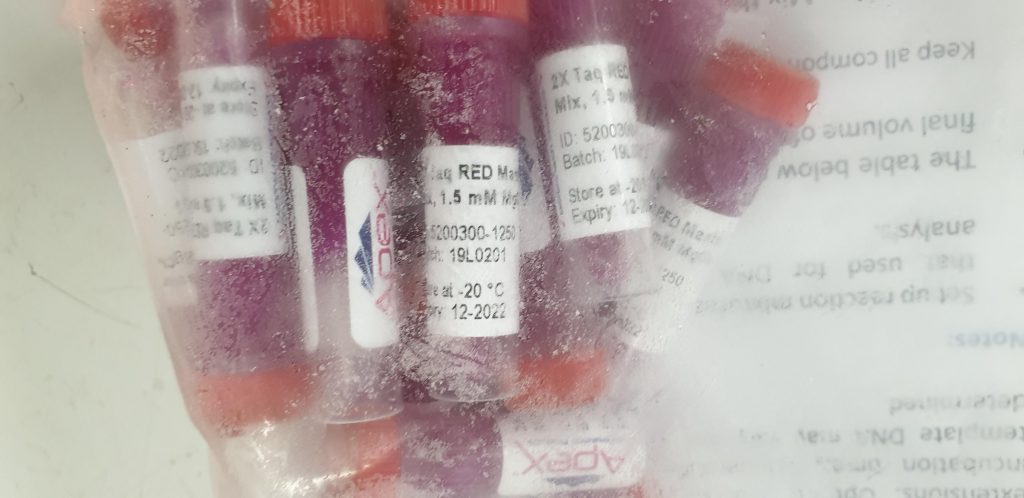
2. Experimental procedure or technique in which it will be used:
This information is essential when choosing the labeling / conjugation of our secondary antibody.
- When detection is carried out by enzymatic reaction, as in the case of techniques such as Western Blot or ELISA immunoassay , secondary antibodies must be labeled with an enzyme (Alkaline phosphatase (AP), Peroxidase (HRP) …) or conjugated to biotin for amplification in two steps.
- When detection is carried out by fluorescence, as occurs in Flow Cytometry (FC), Immunofluorescence (IF), Immunohistochemistry (IHC), Immunocytochemistry (ICC) …, the secondary antibodies must be marked with a fluorochrome.
3. Isotype and subclass of the primary antibody:
The secondary antibody will be directed against the isotype of the primary antibody. Although the vast majority of primary antibodies (especially polyclonal antibodies ) are IgGs, this is an aspect to pay attention to, being essential to know the isotype of the primary antibody, and its subclass is recommended if there is one.
As a reminder, we leave you a summary with the different isotypes of immunoglobulins according to the most frequent species:
4. Purification level of secondary antibody
Secondary antibodies can be presented as an IgG fraction, or as affinity purified antibodies. Each of these two formats has its advantages and disadvantages, which should be known in order to make the most appropriate choice in each case.
- IgG fraction: The main advantage of this presentation is that the high affinity of these antibodies will allow for greater signal amplification, facilitating the reading of the results. In return, the specificity is lower, and may lead to nonspecific junctions that will result in high background noise.
- Affinity purified antibodies: The main advantages in this case would be the high specificity (with the consequent low background level), high sensitivity and high reproducibility of immunoassays. All this to the detriment of affinity, and may lead to weaker reactions.
We hope this short guide has been helpful in helping you select the secondary antibodies that best suit your assay.
Key Factors In The Expression Of Recombinant Proteins
Research in the field of proteomics can cover aspects as diverse as structure, function, modifications, location or interactions between proteins. In any of these fields, a source is usually required from which to obtain a sufficient quantity of the protein of interest for the study.
Chemical synthesis, valid for small peptides , is not a viable option for complete proteins, due to its size and structural complexity. That is why, in the absence of a native protein source, the expression of recombinant proteins is frequently resorted to .
The process of obtaining heterologous proteins basically consists of cloning the gene encoding the protein of interest in an organism other than the one that originally produces it:
However, the expression of recombinant proteins , like any other biotechnological process, is subject to the particularities of each protein in particular, having to solve in each case some challenges such as:
- Solubility
- Conformation
- performance
- Purity
- Additional difficulties for toxic membrane proteins that degrade easily …
Factors That Impact The Expression Of Recombinant Proteins
Countless factors can directly influence viability and performance when expressing proteins recombinantly. Here we summarize some of the most relevant:
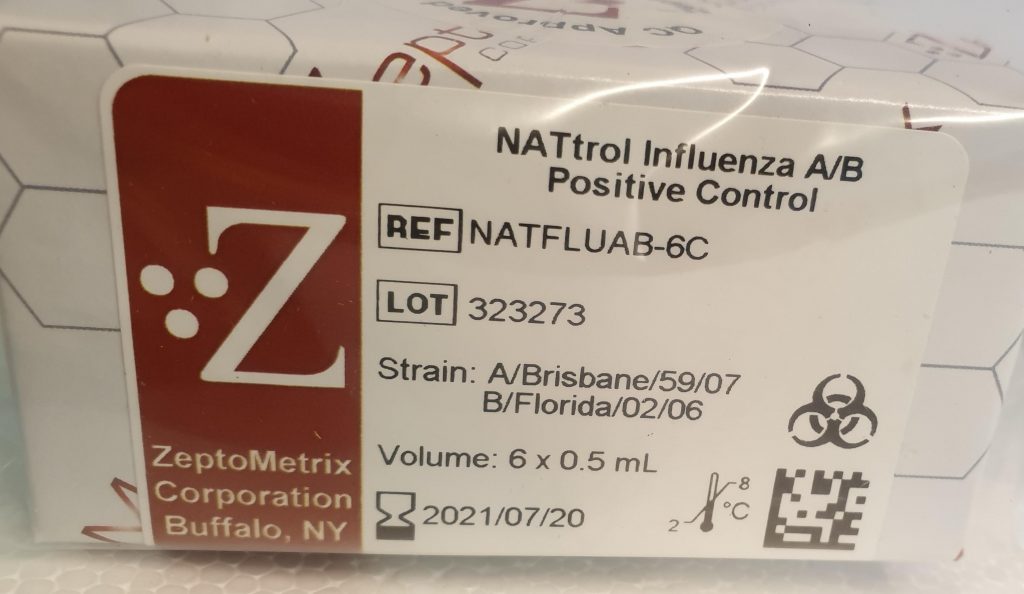
1. Sequence : the same protein can be encoded by different sequences forming different codons that give rise to the same amino acid. The variability in the level of expression between two different codons that code for the same amino acid can be up to 250 times. Therefore, before synthesizing the DNA of interest for the expression of our recombinant protein, it is of utmost importance to carry out a codon optimization process that allows us to select the most appropriate sequence.
2. Vector : each of the vector’s structural units can influence the expression performance of a recombinant protein, from the ribosome binding sequences (RBS) to the sequences that encode the tag. But among all of them, the promoter sequence is of special relevance. Note that although generally the stronger the promoter, the greater the performance of the expression, there are exceptions. For example, in the case of toxic proteins, a weak promoter is expected to improve performance.
3. Expression system : the selection of the expression system is key for the expression of the recombinant protein to be successful. This selection should be based on the following criteria:
- Protein characteristics, such as type (membrane, cytoplasmic …), molecular weight, post-translational modifications …
- Application: structural biology, functional assays, antigens for the production of antibodies, protein-protein interaction studies, therapeutic applications …
- Yield to be obtained
- Cost or budget available
We leave you a summary with the strengths and weaknesses of the most common expression systems:
4. Strain (in case of prokaryotes) or cell line (in eukaryotes): once the expression system has been selected, it is necessary to pay attention to the specific strain / cell line to be used, since these can directly influence aspects such as the formation of disulfide bridges or in the reduction of cellular toxicity.
5. Expression conditions : it is also recommended to carry out a small expression test to optimize the different conditions that can affect performance such as the composition of the medium, the temperature, the concentration of the inductors and the induction time or the inoculation volume between others.
The expression of recombinant proteins is a complex process, which requires setting many variables to optimize performance and obtain soluble and functional proteins. We hope that these brief brushstrokes have helped you to clear some doubts.
You can consult our recombinant protein expression service here , and do not hesitate to contact us to ask us any questions in which we can advise you.
Accuracy of Blood Pressure Measurement Devices in Pregnancy: A Systematic Review of Validation Studies.
The correct measurement of blood stress (BP) in being pregnant is important to information medical determination making that impacts each mom and fetus. The intention of this systematic assessment was to find out the accuracy of ambulatory, dwelling, and clinic BP measurement gadgets in pregnant girls.
We searched Ovid MEDLINE, The Cochrane Library, EMBASE, CINAHL EBSCO, ClinicalTrials.gov, International Clinical Trials Registry Platform, and dabl from inception by means of August 3, 2017 for articles that assessed the validity of an higher arm BP measurement system in opposition to a mercury sphygmomanometer in pregnant girls.
Two impartial investigators decided eligibility, extracted knowledge, and adjudicated protocol violations. From 1798 potential articles recognized, 41, that assessed 28 gadgets, met the inclusion standards. Most articles (n=32) adopted a normal or modified American National Standards Institute/Association for the Advancement of Medical Instrumentation/International Organization for Standardization, British Hypertension Society, or European Society of Hypertension validation protocol.
Several articles described the outcomes of validation research carried out on>>1 system (n=7) or in>>1 inhabitants of pregnant girls (n=12), comprising 64 pairwise validity assessments. The system was validated in 61% (32 of 52) of research which used a normal or modified protocol.
Only 34% (11 of 32) of the research whereby the system was efficiently validated had been carried out and not using a protocol violation. Given the implications of inaccurate BP measurement in pregnant girls, healthcare suppliers needs to be conscious of and attempt to use the BP measurement gadgets which have been correctly validated in this inhabitants.
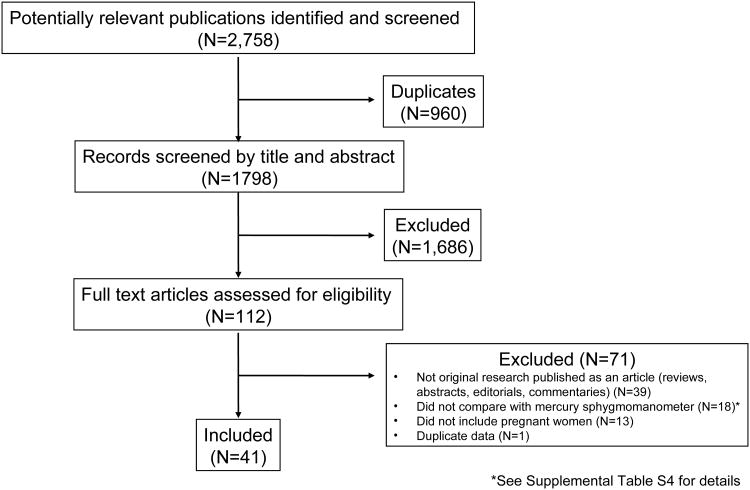
Mechanical recanalization in basilar artery occlusion: the ENDOSTROKE research.
OBJECTIVEA research was undertaken to judge scientific and procedural components related to consequence and recanalization in endovascular stroke remedy (EVT) of basilar artery (BA) occlusion.
METHODSENDOSTROKE is an investigator-initiated multicenter registry for sufferers present process EVT. This evaluation contains 148 consecutive sufferers with BA occlusion, with 59% having obtained intravenous thrombolysis previous to EVT.
Recanalization (outlined as Thrombolysis in Cerebral Infarction [TICI] rating 2b-3) and collateral standing (utilizing the American Society of Interventional and Therapeutic Neuroradiology/Society of Interventional Radiology collateral grading system) had been assessed by a blinded core laboratory.
Good (reasonable) consequence was outlined as a modified Rankin Scale rating of Zero to 2 (0-3) assessed after a minimum of Three months (median time to follow-up = 120 days).RESULTSThirty-four p.c had good and 42% had reasonable scientific consequence; mortality was 35%.
TICI 2b-Three recanalization was achieved by 79%. Age, hypertension, National Institutes of Health Stroke Scale scores, collateral standing, and the use of magnetic resonance imaging previous to EVT predicted scientific consequence, the latter Three remaining impartial predictors in multivariate evaluation. Independent predictors of recanalization had been higher collateral standing and the use of a stent retriever.
However, recanalization didn’t considerably predict scientific consequence.CONCLUSIONSBeside preliminary stroke severity, the collateral standing predicts scientific consequence and recanalization in BA occlusion. Our knowledge recommend that the use of a stent retriever is related to excessive recanalization charges, however recanalization by itself doesn’t predict consequence.
The function of different modifiable components, together with the selection of pretreatment imaging modality and time points, warrants additional investigation.



